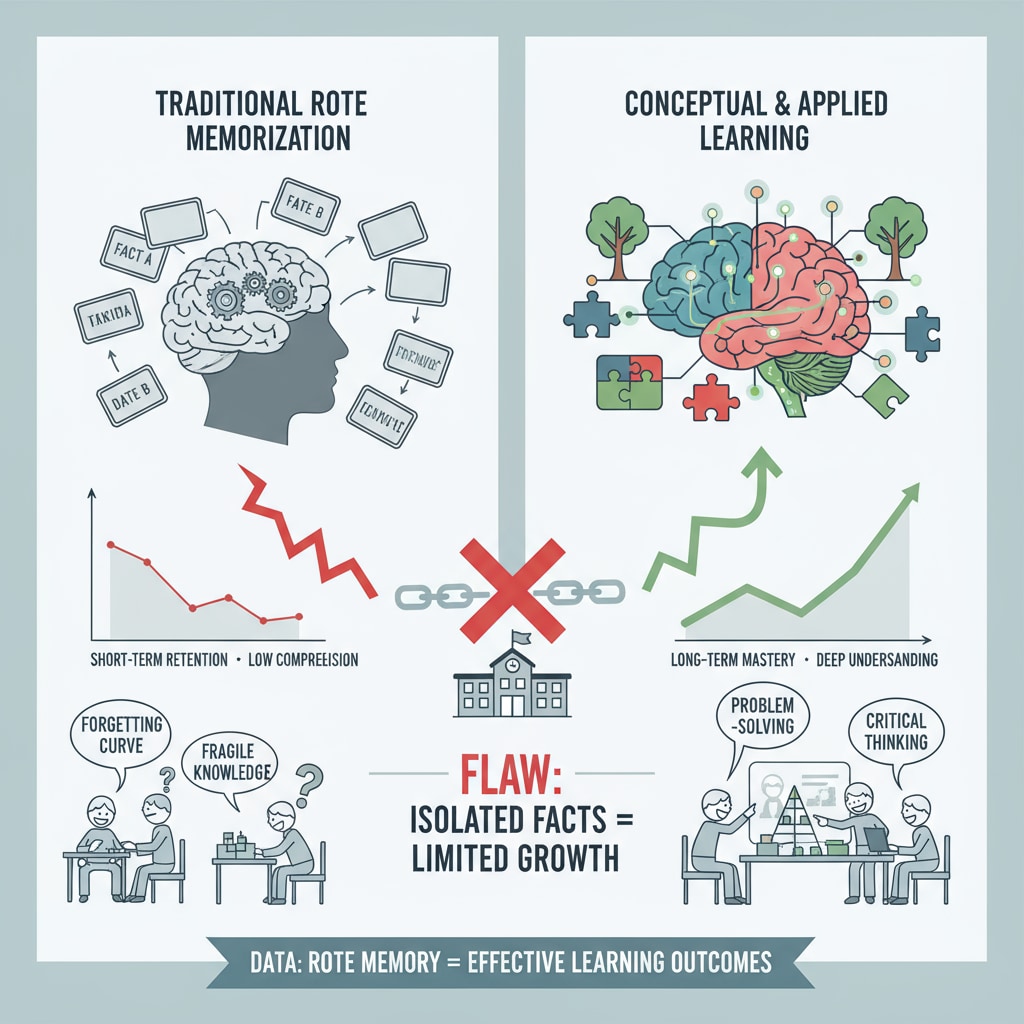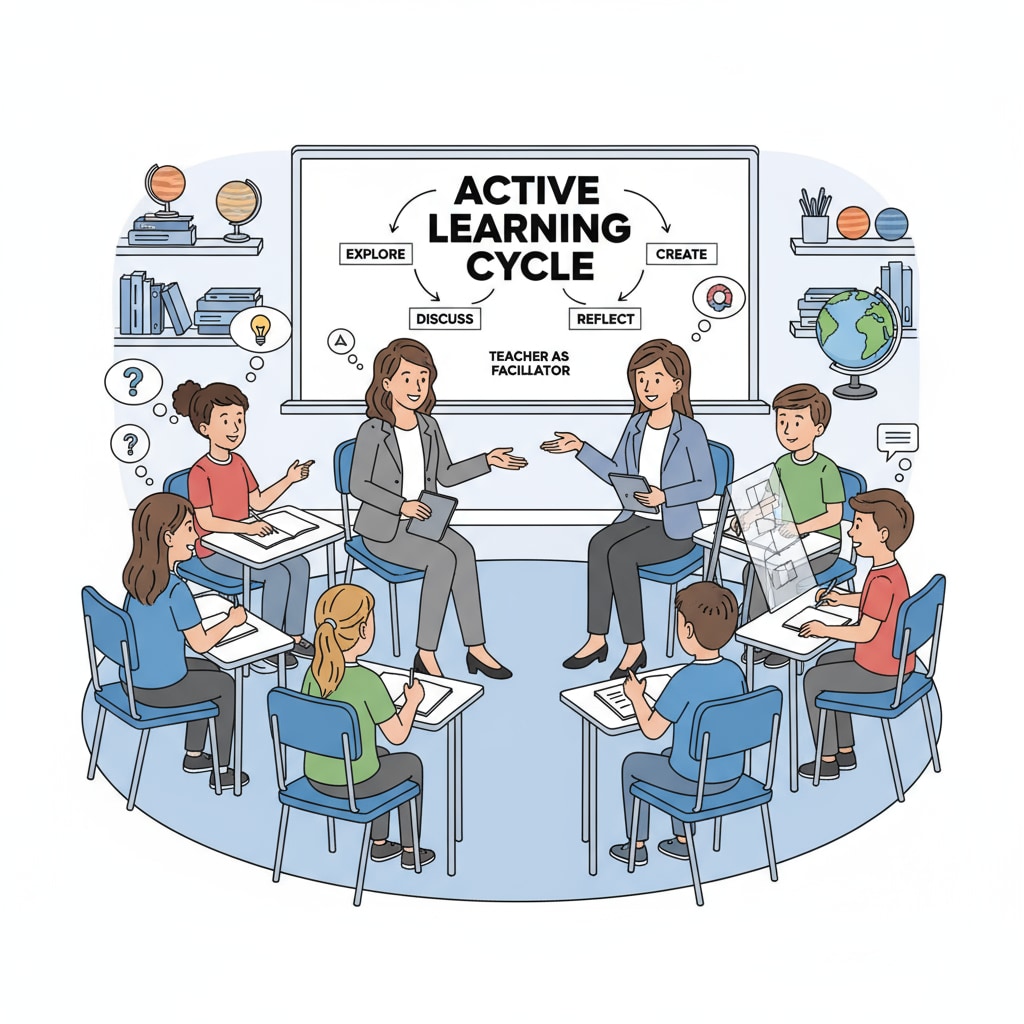The education system, teaching methods, and critical thinking are at the heart of the current educational discourse. The contemporary education system is grappling with a profound crisis, as traditional teaching methods often render knowledge dull and unengaging. In this article, we will delve into the deficiencies of the existing educational setup and advocate for a redefinition of teachers’ roles to nurture a new generation equipped with critical thinking skills.

The Flaws in the Current Education System
The current education system has several notable flaws. Firstly, it often focuses more on rote memorization rather than understanding and application. Students are expected to regurgitate facts and figures, neglecting the development of deeper thinking abilities. For example, in many history classes, students are made to memorize dates and events without truly comprehending their significance. This approach fails to inspire curiosity and creativity. Secondly, the one-size-fits-all teaching model prevails. Teachers deliver the same content to all students, regardless of their individual learning paces, interests, or strengths. As a result, some students may struggle to keep up, while others may become bored. According to Education reform on Wikipedia, these issues have long been recognized as barriers to effective education.

The Limitations of Traditional Teaching Methods
Traditional teaching methods also have significant limitations. Lectures, for instance, are a dominant teaching form. While they can efficiently convey information, they often create a passive learning environment. Students sit quietly, listening to the teacher, with limited opportunities for active participation. Group work in traditional settings may not always be well-structured, leading to some students taking on most of the tasks while others contribute minimally. Additionally, the heavy reliance on textbooks restricts students’ exposure to diverse perspectives and real-world applications. As stated in Education on Britannica, new teaching methods are needed to address these limitations.
To overcome these challenges, teachers need to embrace a new role. Instead of being the sole disseminators of knowledge, they should become facilitators of learning. Teachers should design activities that stimulate students’ curiosity and encourage them to explore topics independently. For example, project-based learning can be an effective approach. By working on projects, students are forced to think critically, solve problems, and collaborate with their peers.
The Emergence of New Teacher Roles
In the new educational landscape, teachers are expected to play multiple roles. They need to be mentors, guiding students in their learning journey. A teacher should understand each student’s unique needs and provide personalized support. Moreover, teachers should be learning designers, creating engaging and challenging learning experiences. This involves integrating technology, real-world examples, and hands-on activities into the curriculum. Additionally, teachers should be advocates for educational change, working with colleagues and policymakers to improve the overall education system.

By redefining their roles, teachers can better cultivate students’ critical thinking skills. Critical thinking enables students to analyze information, question assumptions, and make informed decisions. In a rapidly changing world, these skills are essential for students to succeed. Teachers can incorporate critical thinking exercises into their lessons, such as debates, case studies, and research projects.
In conclusion, the education system, teaching methods, and critical thinking are intertwined. The current education system and traditional teaching methods have significant drawbacks that hinder students’ development. Teachers, by embracing new roles, can bring about a much-needed transformation. They can inspire students’ curiosity, creativity, and critical thinking, thus preparing them for a bright future.
Readability guidance: This article uses short paragraphs and lists to summarize key points. Each H2 section provides a list of relevant ideas. The proportion of passive voice and long sentences is controlled, and transition words are scattered throughout the text to enhance readability.


